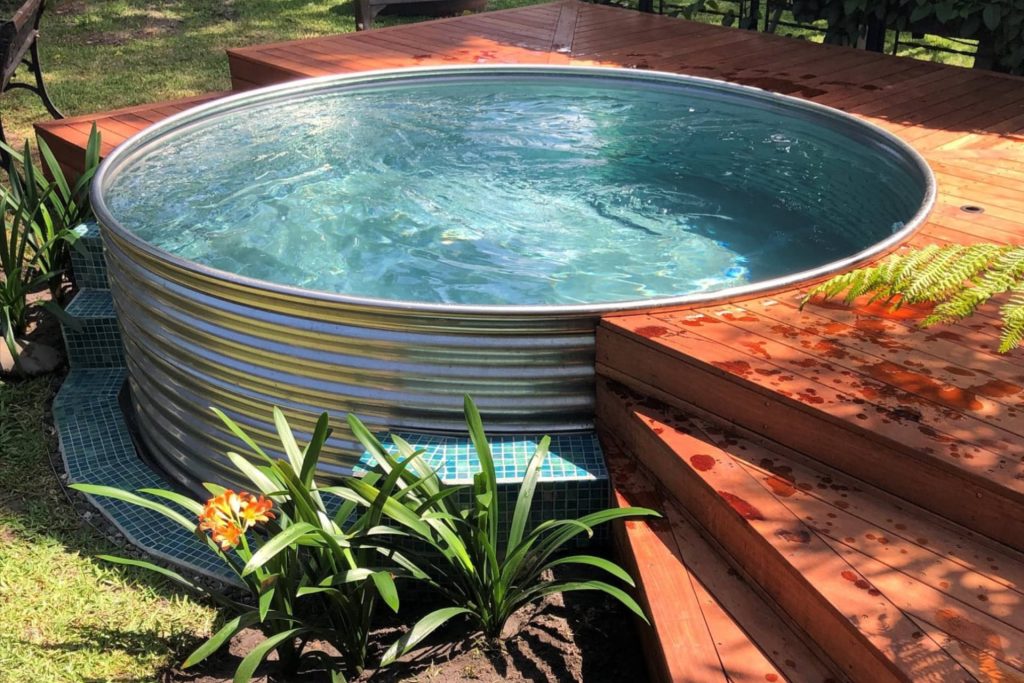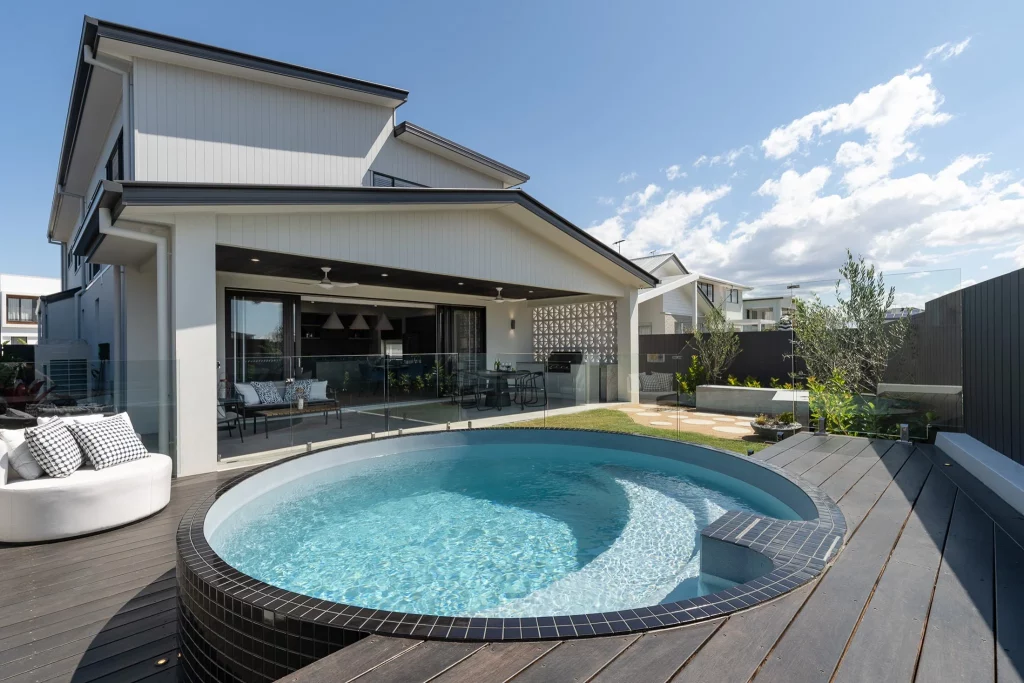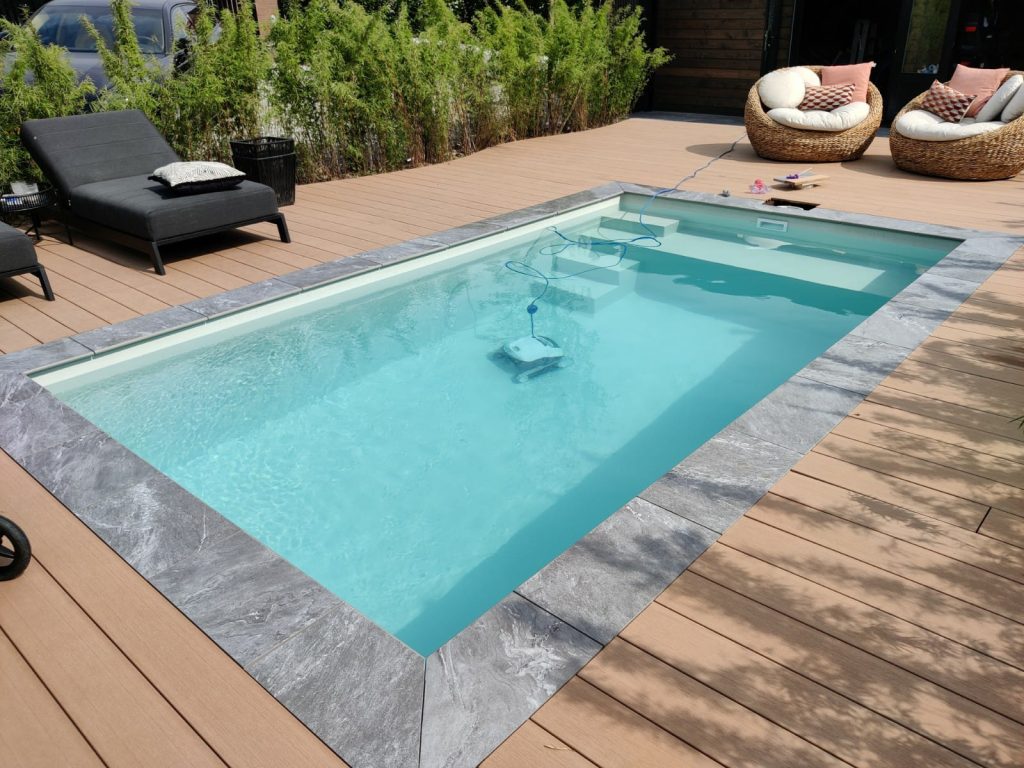Reasons You Need a Plunge Pool
If you have a big backyard, you must have imagined how would it look like with a pool. Having something like that can make you one of the most relaxed people on the planet. If you don’t already own it because there’s not enough space, there are some options on the market that can make your dream come true. To save space and still get what they want, people turn to plunge pools.

What’s a Plunge Pool?
A plunge pool is a tiny, deep pool created for enjoying and relaxing. It’s an excellent choice for those who prefer sipping cocktails while relaxing at the poolside during the summer. It’s also perfect for people who are settled in warm, humid climates and their only cooling place is a pool. You’ll notice that these pools are not big enough for you to swim in them but can be a great place to do some water aerobics.
When it comes to these comfortable plunge pools Australia has a lot to offer, because they’ve gained a lot of popularity here. The main thing that makes them popular is their size, simple cleaning and maintenance process and affordability. They’re perfect for small yards and won’t take up as much space as a regular pool might.
Types of Plunge Pools
Prefab Plunge Pool
A prefab plunge pool is one that is entirely constructed in a different location, transported, and then placed in your backyard or patio. A lot of people lean towards this option because it’s easier and less time-consuming to install. Plus, you won’t have a big mess to clean around your yard after the installation process.
Above Ground
These pools are exactly what they sound like—they’re made above ground. They fit perfectly on uneven terrain, which can be a big concern when it comes to installing pools. Therefore, even if the ground is uneven, muddy, or rocky, your yard can handle an above-ground pool. Because it’s raised, you’ll need to use stairs to get in.

It’s safer to have this pool around children because of the elevated walls. They have a small chance of falling inside while running around. But it can be difficult for people with some disabilities to get in. So, if someone in your family has issues with this, an above-ground pool is not the right match.
In-Ground Pool
The sort of plunge pool known as an “in-ground pool” is one that is buried into the ground. It requires excavation, which can be a little messy for some people. Many homeowners choose these pools because of their sheer elegance and simplicity. If you’re installing an in-ground pool, you must carefully plan the landscape of your entire backyard.
The two most common materials used to build in-ground pools are concrete and fibreglass. Manufacturers create them in a variety of sizes and shapes. Compared to above-ground pools, in-ground are more durable, but can be costly to repair if something breaks.
Concrete Pools
These pools can be delivered in one piece, or the manufacturer can set them up on-site. You can make them both in and above ground. If you want it made on-site, make sure you have a lot of space around the yard for manoeuvring the machines and tools. It might be easier to get a precast one and have it delivered to your home. A great thing about these pools is that they’re energy-efficient and will save you a few dollars in the long run. But concrete is porous and can develop algae so make sure you keep it clean and well maintained.
Fibreglass Pool
Fibreglass is a durable material perfect for pools. It has a smooth surface and a gel coating that makes it look shiny. It’s a sturdy material resistant to cleaning chemicals. These pools must be pre-made and then transported to your house. After delivery, professionals excavate the space they need and connect the filtration system. Additionally, you can do some landscaping around, so it’ll look more natural and pretty. The best thing is that the installation process lasts for a couple of days only.
Plunge Pool + Hot Tub
A great advantage of some plunge pools Australia manufacturers design is that they can be transformed into hot tubs unlike regular pools. Having a plunge pool won’t make you choose and compromise between a summer pool and a winter hot tub. Some manufacturers use insulation techniques that let you adjust your pool’s temperature which can go up to 30 degrees Celsius. If you want, you can also add massaging jets and transform a regular pool into a therapeutic one.
Benefits of Owning a Plunge Pool
Require Less Space
A small backyard or another outdoor area where a regular pool won’t fit is a fantastic place for a small plunge pool. A lot of times, these homeowners combine the pools with some other water features, some type of decking or even fire pits, to get an illusion of a larger space that looks luxurious.
Easy to Maintain
Smaller pools require less upkeep because there is less water in which dirt and other debris can accumulate. Most plunge pools may be manually vacuumed or scooped out by hand, and tiny pool covers are simple to toss over. You won’t spend a lot of money on cleaning supplies or even hire professionals to do the job for you.
Saves Water

A plunge pool can use up to 80% less water than conventional swimming pools. The speed pumps that this type of pool uses are smaller and spend around 80% less energy than the traditional pumps used in bigger pools. Therefore, choosing a plunge pool over a standard one is unquestionably a reasonable choice because it requires less water and energy.
Adjustable Temperature
A trustworthy heating system in the pools is a must-have. This will help in preserving the temperature during sudden temperature swings because of changes in season. A heating system will guarantee that the temperature of your pool is always at its ideal level for you. You also have the option of smart control. This means regulating the temperature and the self-cleaning system from afar and while you’re not in the house.
